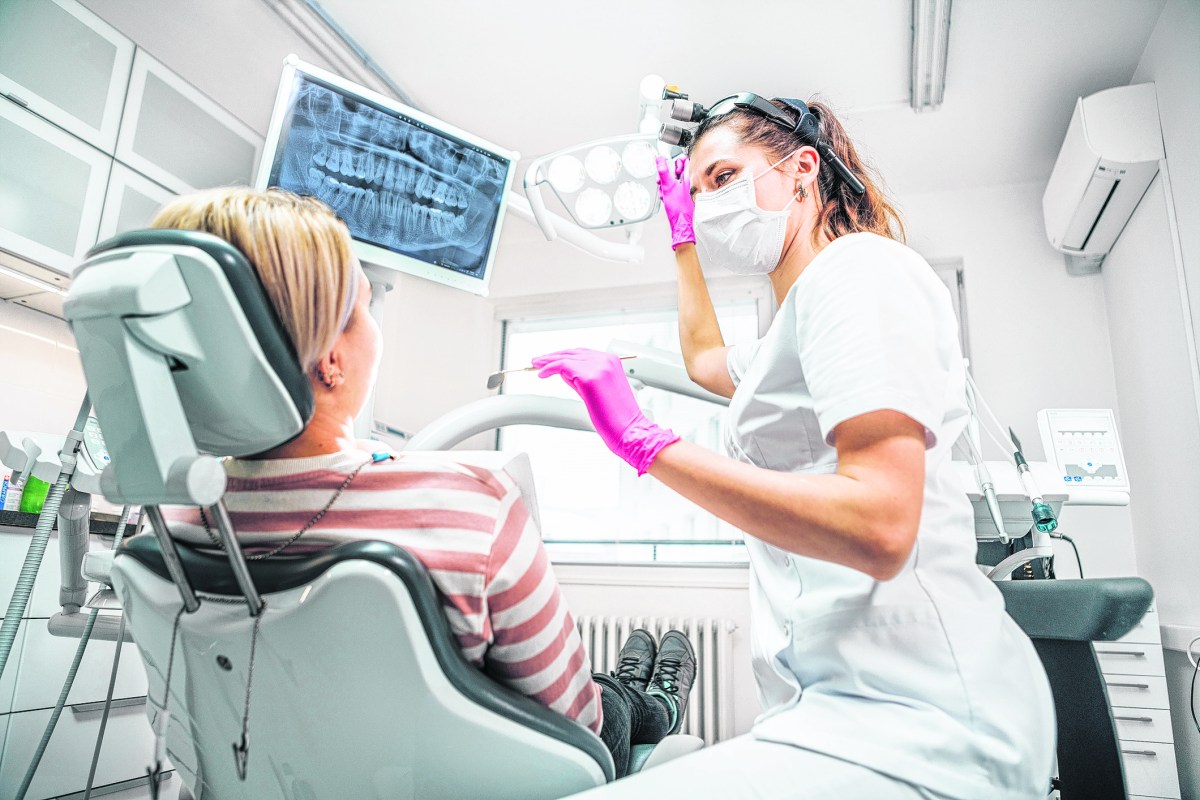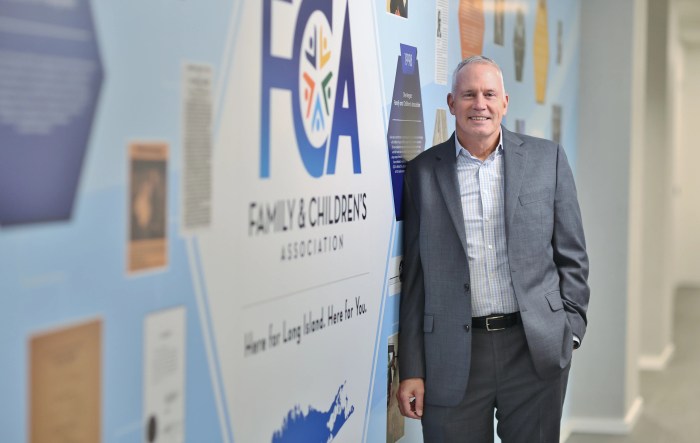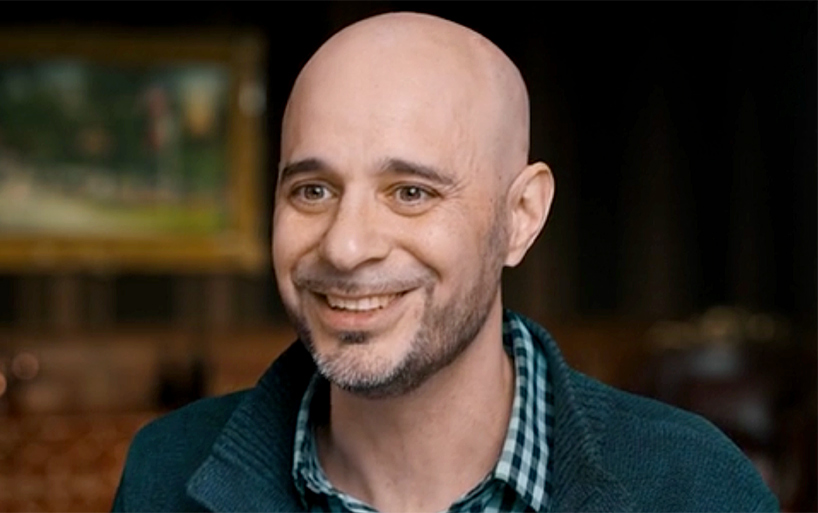When you go to the dentist, you usually spend most of the visit with the dental hygienist, whose role has expanded in recent years. So, too, has the need for dental hygienists.
“The demand for dental hygienists is greater now than I have ever seen in my 35-year career as a dentist,” said Steven R. Feigelson, D.D.S., who employs three dental hygienists in his Commack dental practice. Feigelson is also the immediate past president of the Suffolk County Dental Society. “We are fortunate to have the Farmingdale State College dental hygiene program here on Long Island. It is an excellent program that graduates approximately 48 well-trained hygienists each year. However, the demand for hygienists is expected to continue to increase over the next few years, likely outpacing the supply of new graduates.”
Employment of dental hygienists is projected to grow 9% from 2023 to 2033 — much faster than the average for all occupations — according to the Bureau of Labor Statistics.
“Our department’s Facebook page now looks like Indeed.com, because we’re constantly sharing job listings from dental offices seeking dental hygienists,” said Susan Vogell, Ed.D., R.D.H., associate professor and chair of the Farmingdale State College Dental Hygiene Department. “Our students in their final semester have jobs promised to them before they even sit for their licensure.”
Farmingdale offers bachelor’s and associate’s degrees in dental hygiene; both programs prepare students to sit for national and state exams to earn licensure. The college also offers a bachelor’s degree completion program for students with an associate’s degree in dental hygiene. Once they earn their license, hygienists in New York State must take 24 hours of continuing education credits every three years.
Brittnie Baker had an easy time finding a dental hygienist position upon graduating from Farmingdale in 2024.
“I had started working at an office in Mattituck as a dental assistant before graduating,” she said. “So, once I earned my degree and obtained my license, it was a smooth transition into the role of dental hygienist (in the same office).”
Demand for dental hygienists is growing in part because of increased demand for oral care.
“There’s more awareness among the public, due to education, of the overall importance of oral health,” Vogell said. People have a better understanding that regular teeth cleanings help prevent gingivitis and periodontal disease, which can lead to tooth loss. In addition, there’s increasing awareness of a correlation between periodontal disease and systemic diseases like diabetes and Alzheimer’s disease, Vogell added.
READ MORE: FDA approves SetPoint System, revolutionizing rheumatoid arthritis treatment
The population on Long Island is aging, further increasing the need for dental services, Feigelson said. And many dental hygienist job openings have resulted from people leaving the profession, Vogell noted.
“Baby Boomers are retiring, and Covid-19 drove a lot of people out of dental hygiene,” she said. “People who were nervous about working in someone’s mouth, or who had their own personal health issues, left the profession.”
The role of dental hygienists has grown significantly in recent years, with help from legislative changes aimed at improving access to care in underserved communities, Feigelson said.
“Hygienists have seen increases to their scope of practice, such as being trained and licensed in administering local anesthesia and nitrous oxide,” he said. “Another recent change now allows a dental hygienist who is certified to administer local anesthesia to do so for any dental procedure authorized by the dentist; it used to be that a hygienist could only administer anesthesia for hygiene procedures, such as deep cleanings. This is all aimed at allowing the hygienist and dentist to treat their patients more efficiently. Even though hygienists must still practice under the supervision of a dentist, there has been legislation aimed at allowing hygienists with special training to treat patients independently in certain underserved communities.”
Primarily, dental hygienists restore oral health to patients by removing plaque and tartar from their teeth. They also educate patients in proper brushing and flossing techniques, to help them maintain their oral health between visits. Some of the other responsibilities of hygienists in Feigelson’s office include fluoride application to patients who are age 16 and younger or who have a high rate of cavities; application of dental sealants to help prevent cavities; radiographs, a diagnostic tool to help detect cavities or dental abscesses; in-office teeth whitening; intraoral scanning; nutrition counseling; and oral cancer screenings. According to Vogell, more hygienists are being asked to make night guards, which are customized to patients’ mouths to help prevent teeth grinding.
“With increased demand for oral services in general, dentists are busy with fillings, crowns, root canals and restorative work and are permitting hygienists to have more autonomy and to take on a larger role in the office,” Vogell said.
While working as a dental assistant, Baker said she “genuinely fell in love with the field” as she discovered her passion for helping others.
“I found I wasn’t being challenged anymore as an assistant, and I was eager to grow further in the profession, so I decided to go back to school,” she says. “I enjoy providing a safe space for my patients, educating them on ways to improve their gingival health and witnessing their progress from poor to healthy oral conditions – I find that the most rewarding part of my work.































